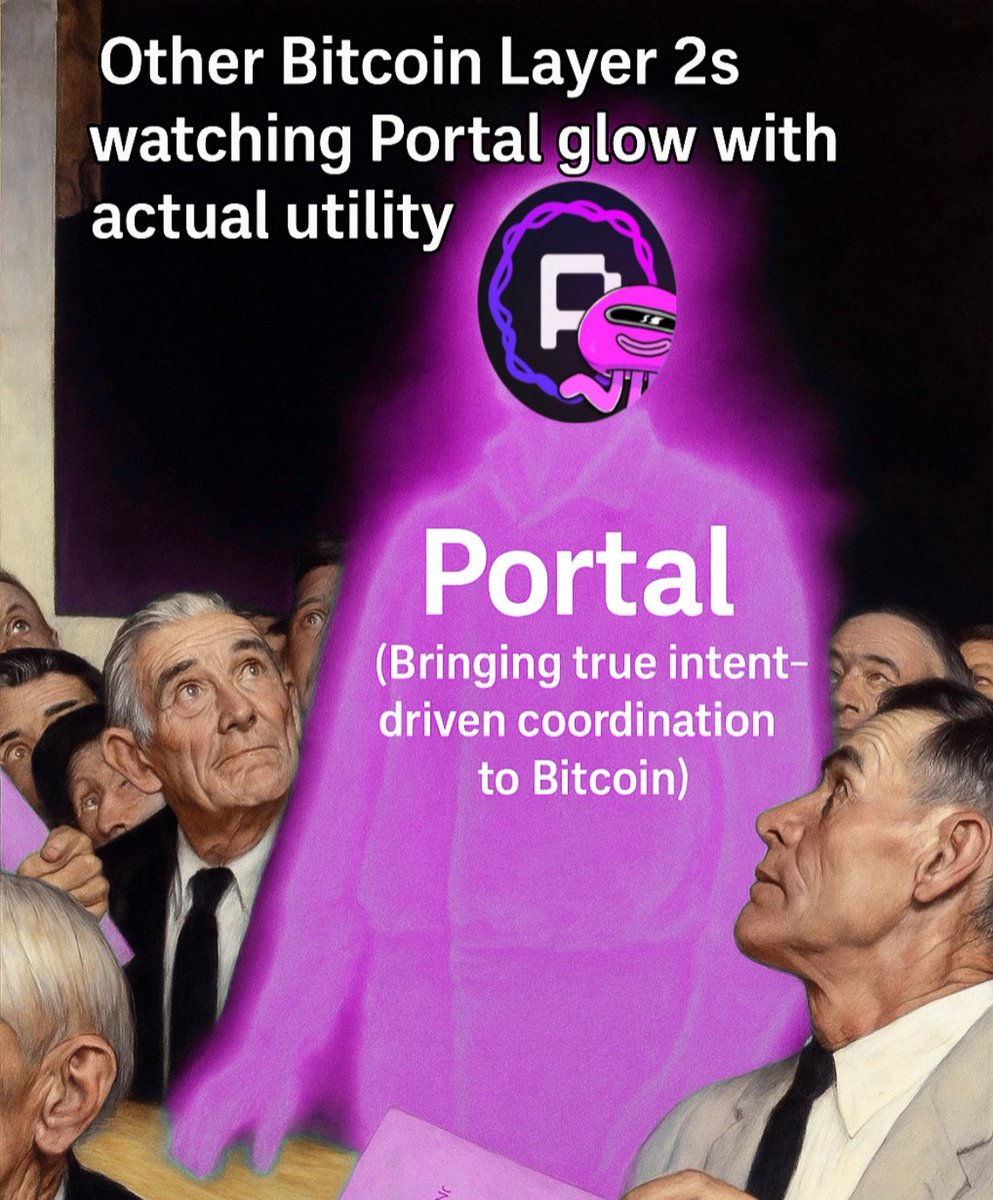[GUEST ACCESS MODE: Data is scrambled or limited to provide examples. Make requests using your API key to unlock full data. Check https://lunarcrush.ai/auth for authentication information.]  Paiin.ip ⛺ [@paiin_ip](/creator/twitter/paiin_ip) on x 1100 followers Created: 2025-07-04 18:27:01 UTC GN genzs Portal to btc yapper world Most token models just emit rewards. Portal’s doing more than that. Let’s talk real mechanics 👇 ✔️ They start with 3.5B $P tokens pre-minted. ✔️ Validator seats? Only XX spots per epoch — and you gotta outbid others with your $P stake to grab one. Now the twist is in what happens after the epoch ends. ➡️ New $P gets minted each epoch (gradually less every round coded deflation). ➡️ That fresh supply gets distributed: ‣ Liquidity Providers? Paid based on real contribution. ‣ Validators? Flat cut all XX split equally. ‣ And fees? That’s where it gets spicy: • A % is used to buy $P off market and burn it reducing supply. • Another % feeds LPs again. • Remaining goes to validators free cash flow if you play the game right. Everything runs on Proof of Stake. Misbehave? Your stake can be slashed by other validators themselves. And they make X key assumptions to build this: 1️⃣ Agents are rational + informed 2️⃣ Node ops are zero-cost (for simplicity) 3️⃣ $P is purely for staking — but fees in $P could still enter the picture later This part is interesting → if fee activity in $P increases, demand pressure rises could turn $P into a dual-role token (staking + payment). Portal’s model is deflationary, competitive, and demand-reactive. Now just waiting to see how well it holds under real usage pressure.  XXX engagements  **Related Topics** [epoch](/topic/epoch) [token](/topic/token) [bitcoin](/topic/bitcoin) [coins layer 1](/topic/coins-layer-1) [coins bitcoin ecosystem](/topic/coins-bitcoin-ecosystem) [coins pow](/topic/coins-pow) [Post Link](https://x.com/paiin_ip/status/1941202103583547718)
[GUEST ACCESS MODE: Data is scrambled or limited to provide examples. Make requests using your API key to unlock full data. Check https://lunarcrush.ai/auth for authentication information.]
 Paiin.ip ⛺ @paiin_ip on x 1100 followers
Created: 2025-07-04 18:27:01 UTC
Paiin.ip ⛺ @paiin_ip on x 1100 followers
Created: 2025-07-04 18:27:01 UTC
GN genzs
Portal to btc yapper world
Most token models just emit rewards. Portal’s doing more than that.
Let’s talk real mechanics 👇
✔️ They start with 3.5B $P tokens pre-minted. ✔️ Validator seats? Only XX spots per epoch — and you gotta outbid others with your $P stake to grab one.
Now the twist is in what happens after the epoch ends.
➡️ New $P gets minted each epoch (gradually less every round coded deflation). ➡️ That fresh supply gets distributed:
‣ Liquidity Providers? Paid based on real contribution. ‣ Validators? Flat cut all XX split equally. ‣ And fees? That’s where it gets spicy:
• A % is used to buy $P off market and burn it reducing supply. • Another % feeds LPs again. • Remaining goes to validators free cash flow if you play the game right.
Everything runs on Proof of Stake. Misbehave? Your stake can be slashed by other validators themselves.
And they make X key assumptions to build this:
1️⃣ Agents are rational + informed 2️⃣ Node ops are zero-cost (for simplicity) 3️⃣ $P is purely for staking — but fees in $P could still enter the picture later
This part is interesting → if fee activity in $P increases, demand pressure rises could turn $P into a dual-role token (staking + payment).
Portal’s model is deflationary, competitive, and demand-reactive.
Now just waiting to see how well it holds under real usage pressure.

XXX engagements
Related Topics epoch token bitcoin coins layer 1 coins bitcoin ecosystem coins pow